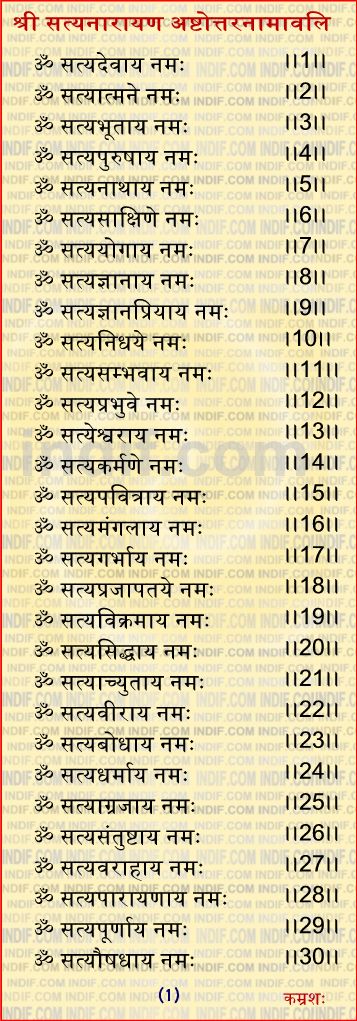

He is the granter of boons and -responds to penances of his devotees. The elephant-faced Ganesha is propitiated by all as He is Auspiciousness personified. Lord Ganesha, the Destroyer of evils slew the powerful demons, re-establishing righteousness and peace in the three worlds. He is always worshipped in the three worlds by all, and is the first to be reverenced among the celestials.ġ7. These four arms represent the four castes: Brahmin, Kshatriya, Vaishya and Shudra, symbolically indicating his divinity.

The four-armed Ganesha is an embodiment of truth, discretion, having control over money power and bondage. As ruler of the Mooladhara Chakra or plexus, he arouses a person’s latent energy or fife force to take him to the Divine Light.īy chanting Lord Ganesha’s name day in and day out, one gets richer by imbibing all knowledge and wisdom from him, who is of enlightened heart and unwavering wisdom.

His illimitable erudition makes even Goddess Saraswati and Sage Narada bow their heads in awe.īuddhipriya, the repository of knowledge, bestows guileless discretion to the worshipper. Lord Ganesha, the Lord of wisdom is the repository of all knowledge. He is worshipped by Brahma himself and is worshipped in all the three worlds.īhoovanpati is the Great God Himself to whom even the Trinity – Vishnu the Protector, Shiva the Destroyer and Brahma the Creator – pay obeisance and propitiate Him to save the world from evil. He is four-armed, has a single tusk, a trunk askew, a potbelly and he is gigantic.īhoopati, also called Ganapati, is the Lord of the lords, the Master of the ganas or celestial hordes. The massive Lord Ganesha reposes on the jewelled throne with the snare, the hamulus and the lotus flower in his hands. It also denotes intelligence and mental, enlightenment, the moon being the symbol of mind and peace. It denotes a pot of nectar, providing divine coolness to the wearer. As the elephant-faced child, he is the colour of the rays of the rising sun.Ī moon crest adorns the forchead of Lord Ganesha. Lord Ganesha is adored by all the gods, even by the four-faced Brahma, and Lord Indra. The mighty, massive Ganesha, mounted on his vehicle, bestows everything desired if his devotees chant his name with fervour and devotion He is also responsible in keeping away all obstacles from their path. He is the protector of the visible world and leader of the helpless, destroying all evil and obstacles. Lord Ganesha, the Infinite, is beyond distinctions and beginning.Īs a rotund, elephant-faced figure, Lord Ganesha is the Lord and Master of the whole earth. He who is the root cause of the worlds, who is uniquely manifest in the hearts of all, can be realised only by concentrated meditation. Anantachidrupamayam: Infinite And Consciousness Personified He is the Eternal Spirit, the Beginning of all beginnings, beyond comparison.Ĥ. Ganesha is the embodiment of ‘OM’, the symbol of the Great God. This represents life in its totality and Lord Ganesha is suggestive of these cosmic aspects.īy whose issuance this world of illusion is manifest, whose creation is this universe, who is the Lord of all gods and creation, he is the Eternal, Lord Ganesha. The soul may be the greatest or the smallest. The hugeness matters little when the study of life principles is considered. Lord Ganesha, with a huge body, has a small mouse as his charioteer. Akhuratha: One With Mouse As His Charioteer This not only suggests the importance of Ganesha, but also shows how popular and pervasive this deity is in the minds of the masses.ġ. The sections below deal with the various marvelous philosopically significant forms of the Formless Supreme Lord shiva.Ganesha - the elephant-deity riding a mouse - has become one of the commonest mnemonics for anything associated with Hinduism. The English translation of them (with the help of Sree Hari ) and some information is given for that corresponding mUrti name here. There are some nice Sanskrit dhyAna shlokas that praise these mUrtis. The mAhEshwara mUrhtis will be in the Praahaaram. Usually in the temples, SadhA Shiva mUrthi (Shiva lingam ) will be in the Sanctum Sanctorum. Some of these mUrtis are bhOga mUrtis, usually with Shakthi like RishabArUdar, or yOga mUrtis, sitting in one of the yOga postures without Shakthi in the side like dakshiNAmUrti, or vEga mUrtis, in the state of destruction like kAlAri.

There are twenty five MAhEshwara mUrtis (Some say there are more). From the Sadha Shiva mUrti, for the benefit of lives God took a lot of forms which are called mAhEshwara mUrtis. lingam can be considered both as form as well as formless symbol. But for the salvation of lives He took the form of Lingam - meaning symbol (Arupa Rupa). According to Shaiva Sidhdhaantha the God is formless (arUpa).


 0 kommentar(er)
0 kommentar(er)
